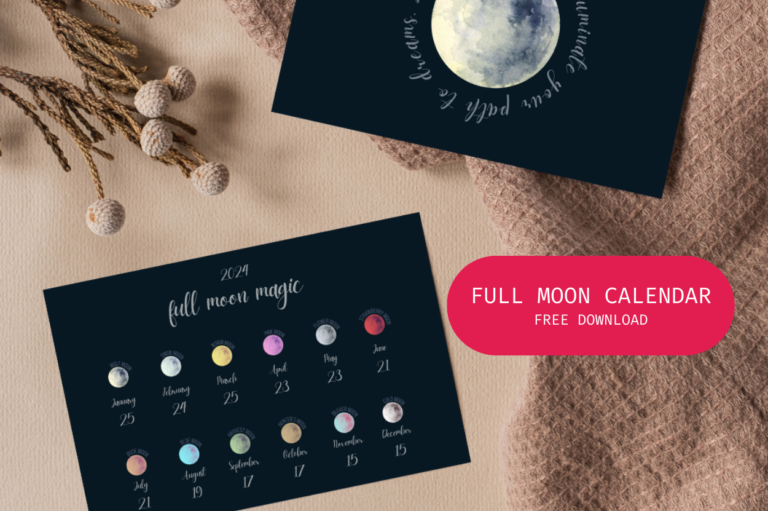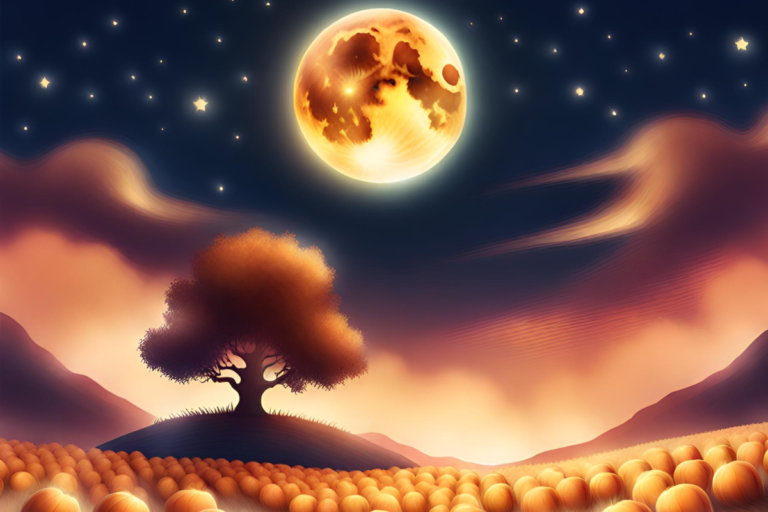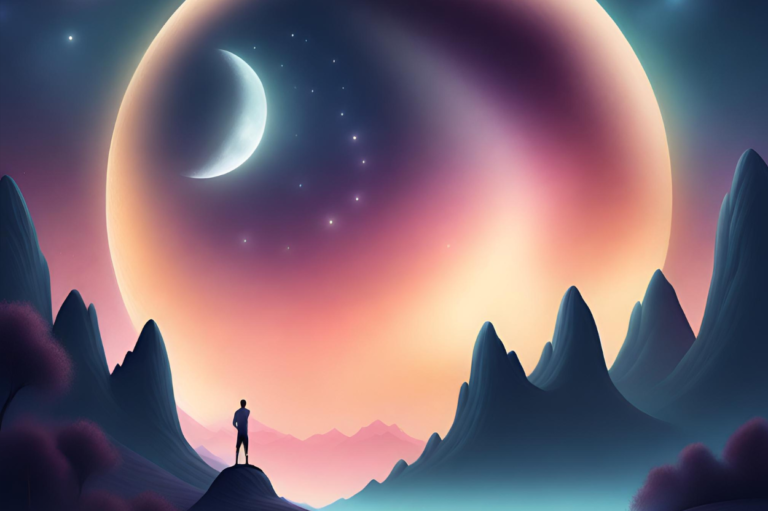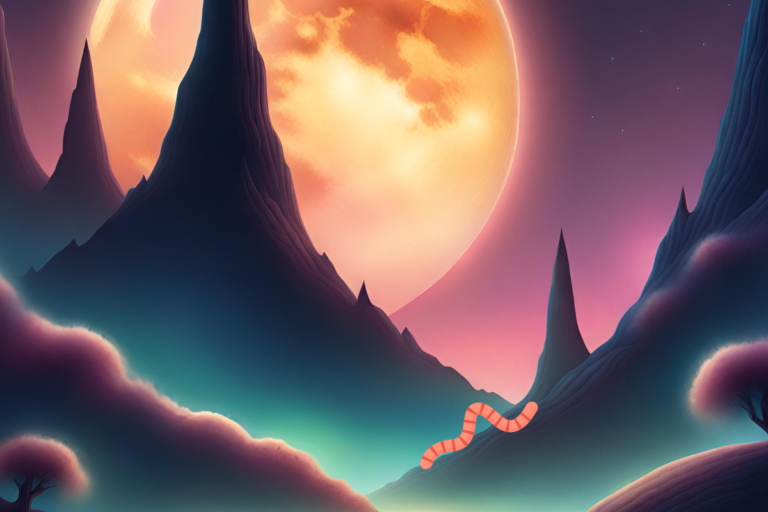The moon’s gravitational pull is a silent puppeteer of the Earth’s seas, orchestrating the ebb and flow of tides with a precision that has captivated humanity for millennia.
The rise and fall of ocean tides are not just a spectacle of nature but a vital rhythm that orchestrates the dance of marine life.
This article explains the profound influence of the moon’s phases on marine ecosystems, revealing the intricate connections between celestial movements and aquatic life.
The Science of Tides
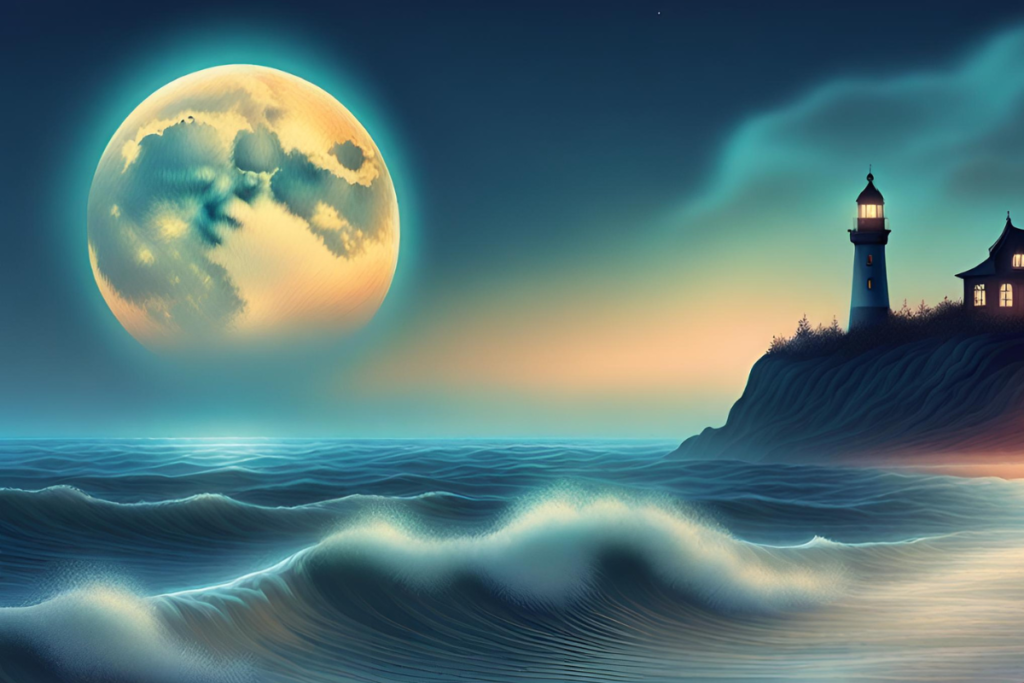
Tides are the long-period waves that roll around the planet as the ocean is “pulled” by the gravitational interaction with the moon and the sun.
When the moon is overhead or on the opposite side of the Earth, its gravitational pull results in a high tide, creating a bulge in the ocean’s surface.
Conversely, low tides occur when the moon is at a right angle to the Earth-sun line.
The sun also plays a role, but its influence is less than half that of the moon, making the moon the primary conductor of this marine symphony.
Moon Phases and Marine Behavior
The moon’s cycle from new to full moon and back again is not just a change in the night sky’s aesthetics; it’s a signal to marine species to engage in behaviors critical to their survival.

Breeding Patterns
The synchronization of reproductive activities with the lunar cycle is a marvel of nature. For instance, the palolo worm of the South Pacific times its spawning to the last quarter moon, ensuring the maximum dispersal of its larvae with the tides.
Feeding Habits
The gravitational pull of the moon not only orchestrates the tides but also the dining schedule of many marine animals. The intertidal zone, which is exposed to air during low tides and submerged during high tides, is a buffet for birds and marine mammals, with the moon as the maître d’oeuvre.
Migration
The moon’s phases signal the time for migration for various species. The grunion fish of California, for example, ride the high tides of the spring and summer moons onto beaches to lay their eggs.
The Wonders of Coral Spawning
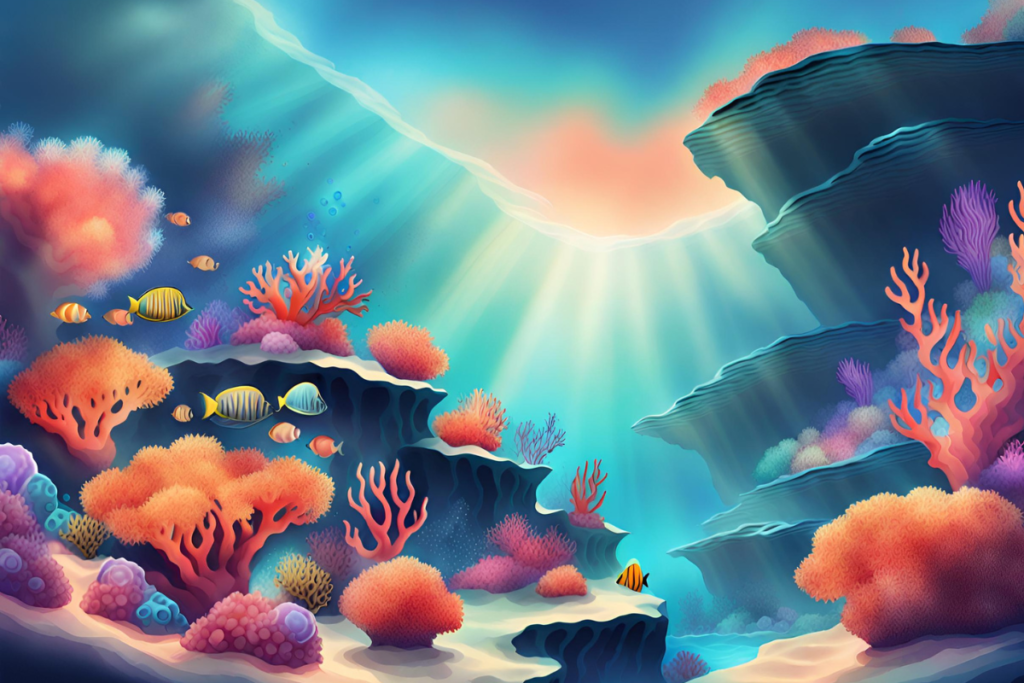
Coral reefs, those vibrant underwater metropolises, owe much of their reproductive success to the moon. The mass spawning events of corals, an otherworldly spectacle of life, are timed with the full moon, ensuring the simultaneous release of gametes and increasing the chances of fertilization.
Moonlit Navigation
The moon is a celestial beacon for marine navigators. Zooplankton, tiny creatures that form the base of the oceanic food web, ascend from the depths during the full moon to feed, guided by its light.
Sea turtles, too, use the moon’s reflection on the water to find their way back to the sea after nesting on beaches.
Human Interactions and the Moon
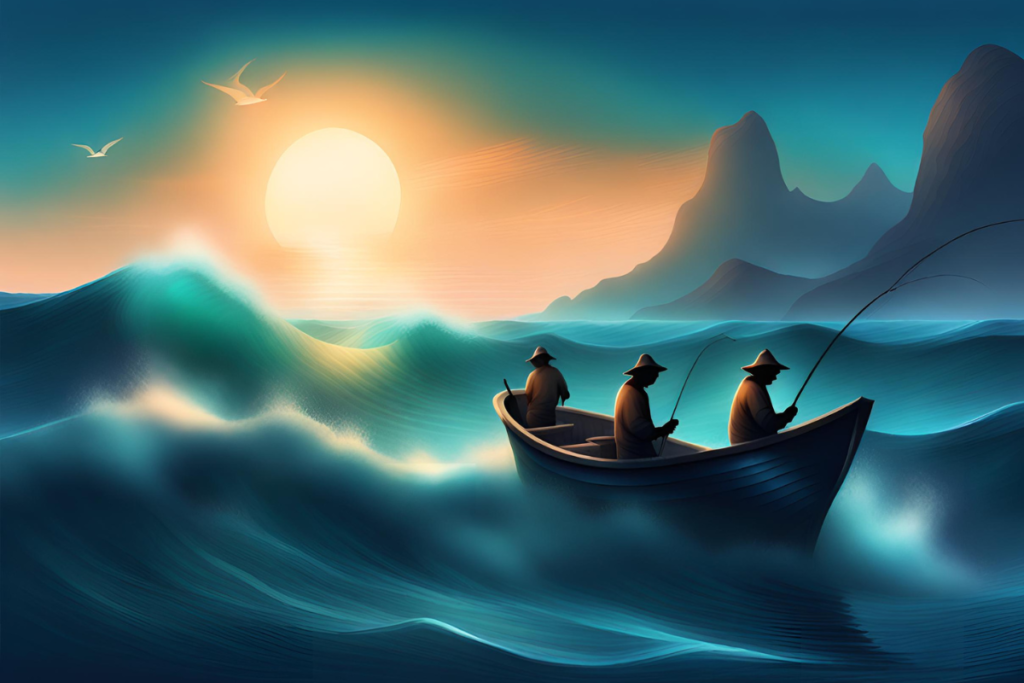
The moon’s phases have guided fishermen for centuries, dictating the best times to cast nets and lines. The knowledge of tides and lunar cycles remains an essential part of maritime culture and livelihoods.
The moon’s influence on marine life is a testament to the interconnectedness of our universe.
Its phases, though seemingly distant and unrelated to the happenings of Earth’s waters, are a critical driver of biological rhythms that sustain marine ecosystems.
As we gaze upon the moon’s serene visage, it’s worth remembering that its silent tug is a pulse felt deeply beneath the waves, a conductor of the grand orchestra of life in our oceans.

